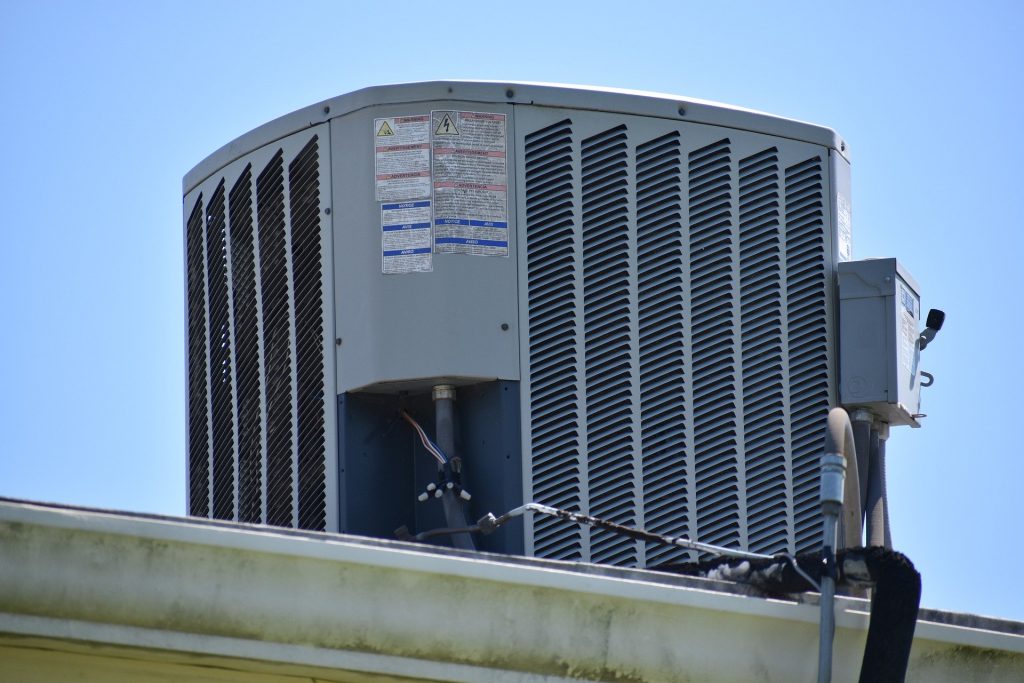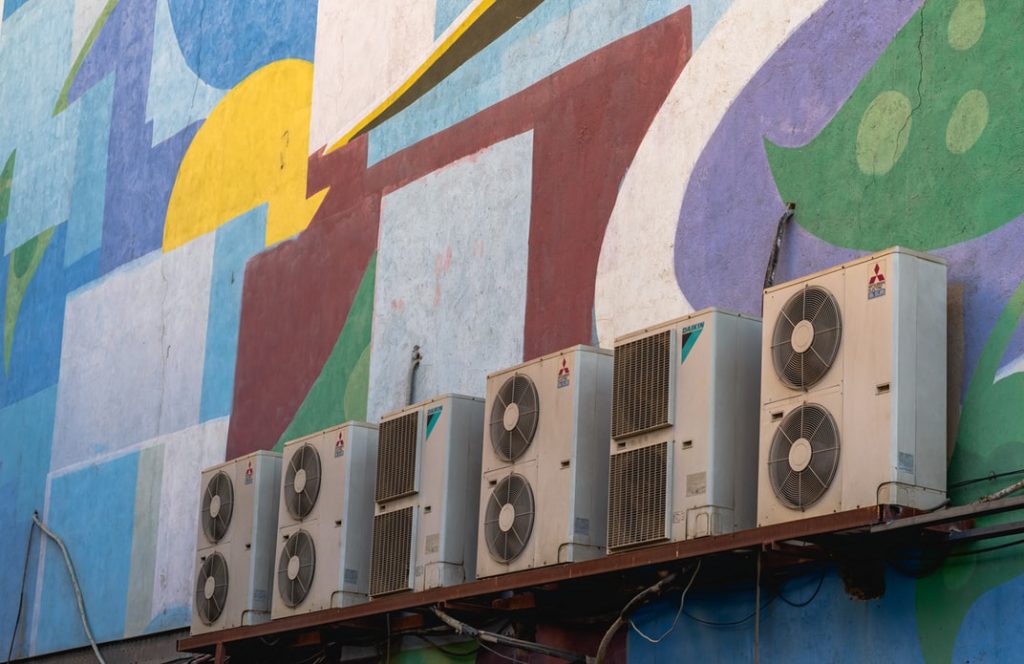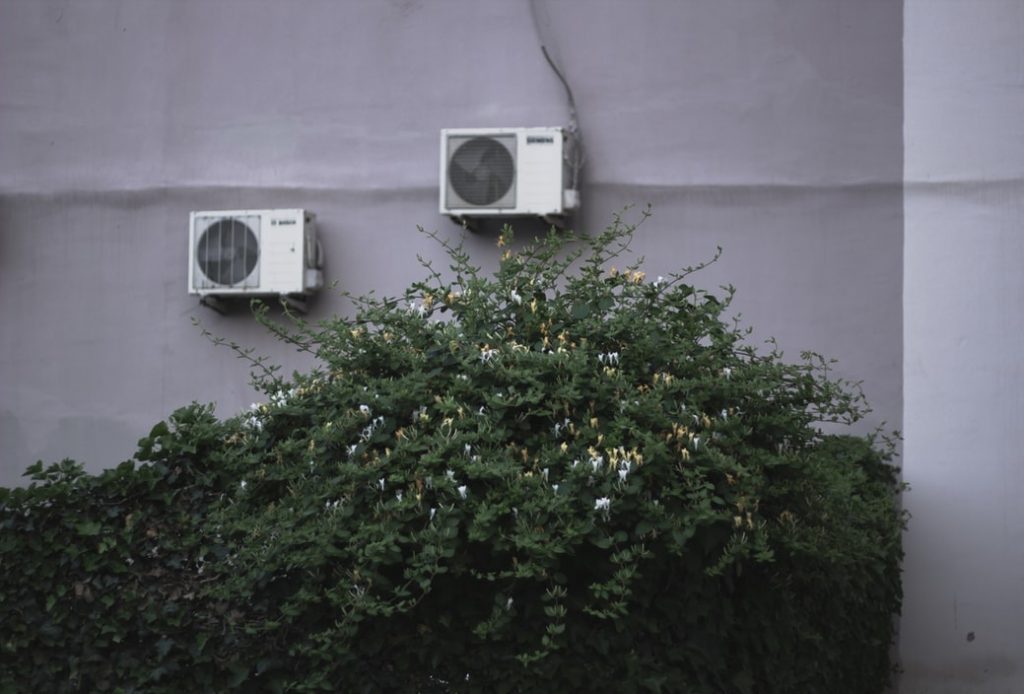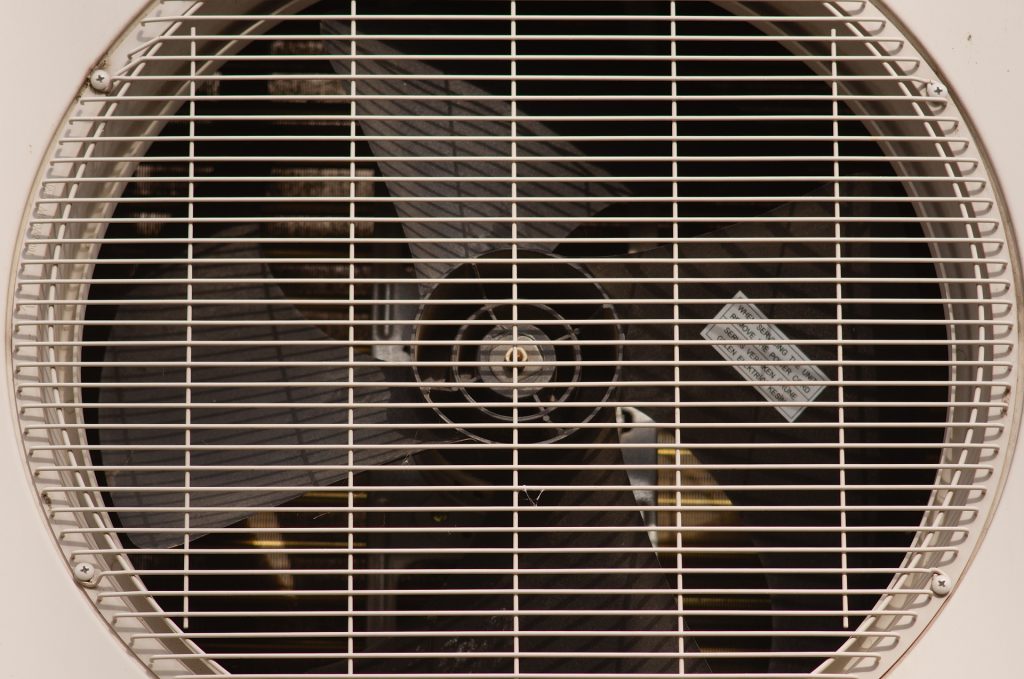Central air conditioning is the epitome of convenience. Simply press a button and it will begin cooling your entire house – it doesn’t get much easier than that! Many people wonder whether they can install their own central air conditioning system, and the answer is that it is possible. That being said there are also perks to engaging the professionals to install it for you.
We take a look at the pros and cons of both a DIY ac installation project and employing professionals, as well as how to install central air conditioning yourself.
What is Central Air Conditioning and how does it work?
Central air conditioning is a type of air conditioning that supplies cool air to your entire home. It is a cooling system that uses ducts to collect outdoor air, cool it down then transport it all around a house. This means your whole house is cooled at once, rather than other types of air conditioning systems that might only cool a single room or area.
When it comes to central air conditioning you have two options: a split-system unit or a packaged unit. The split system unit consists of both an outdoor and indoor component, while the packaged unit is situated entirely outdoors. It might be placed on the ground in a safe area or on the roof. The packaged unit can double as a heating system if the necessary elements (coils or furnace) are added.
Ducts are a vital part of central air conditioning and your house will require some significant renovations to install these if they don’t already exist. If your home already has ducts, it is quite easy to replace the existing unit with one that is more efficient. Newer models tend to use less energy and therefore reduce the cost of your bills! In fact, some modern models are estimated to use 50% less energy than their equivalent older models. If you’re looking to save on energy use, choosing a suitably sized central AC system is also important.
Professional Cental Air Conditioning Installation
Sometimes it’s worth getting the professionals involved. We take a look a the pros and cons of getting professionals to install your central AC so that you can see whether this option is right for you.
Advantages of hiring professional to do your air conditioning installation
- No physical work
Installing a central AC system is hard work. You’ll probably be required to do a lot of manual labour, including lifting heavy equipment, pouring a concrete foundation and even getting under the house. If this is not your idea of fun, you can pass this work over to the professionals. Just let them know what you want done and they’ll do all the physical stuff. The most manual thing you’ll have to do is pay the invoice!
- No paperwork
While the physical work of installing a central AC system can be difficult, the paperwork can be tedious. You’ll need to obtain the proper permits, which is likely to involve a number of phone calls and lengthy applications. Don’t have the time to be sitting on hold with your local government? Engage a professional. They can take care of the paperwork for you. Given their expertise in the area, they probably even know a few tricks to get through it more quickly.
- Ongoing maintenance
Like all aspects of a house, a central AC system requires ongoing maintenance to keep it in good, working condition. Professional AC installers typically offer maintenance packages with new installations. This means they’ll conduct the maintenance for however long the agreement dictates. It will be another thing off your list!
Disadvantages of hiring professional to do your air conditioning installation
- Expensive
It’s not cheap to have a professional install your central AC system. Not only will you need to pay for laboring time, but there might be a range of preparation tasks that inflate the cost of installing your air conditioning system. This might include preparing the roof or laying a concrete slab for the unit. Like with most things, you’ll be paying for convenience.
- Difficult to find a good service provider
It can be difficult to find a trustworthy AC installer, especially if you live in a remote area. Always do your research and obtain testimonials or references where possible.
DIY AC Installation
A DIY challenge can be extremely satisfying. If you are looking at installing a central AC system yourself, here are some pros and cons to consider.
Advantages of doing air conditioning installation yourself
- Less expensive
Like with all DIY projects, you will save money by installing your own central AC unit. You won’t be required to pay for anybody’s time or professional expertise, however, bear in mind that you are likely to pay more for the unit itself. Most professional AC service providers have specific connections that allow them to purchase the unit for cheaper.
- Obtain a new skill
There’s something satisfying about a DIY project. Obviously there’s the fulfilment of completing a task yourself, but there’s also the satisfaction of learning something new. If you’ve never installed a central AC unit before the whole process is likely to be a learning experience. You’ll need to investigate the materials, how to install an airconditioning unit and also how to maintain the system.
- Complete freedom of choice
Most professionals have a preferred brand or specific partner when it comes to sourcing the components of a central AC system. If you’re doing the AC installation yourself, you can choose whatever products and brands you like.
Disadvantages of doing air conditioning installation yourself
- Time-consuming
There’s no denying that a central air conditioning installation will take longer if you’re doing it yourself. Professional services often have a team of experts who know exactly what they are doing and have done it time and time again. If it is your first installation, you will need some time to figure things out how to install an airconditioning unit. You also might be working alone rather than with anybody else to help.
- Tedious paperwork
If you go ahead with a DIY AC installation, you will be responsible for all paperwork. Obtaining a permit can be a complex process and you will need to navigate it alone. This will involve phone calls to your local government and completing all applications.
- Need for certification
Installation or removal of an AC unit that uses refrigerant requires the installer to have certification, even for a DIY project. To get this certification, you will need to learn the material, sit an exam and pay the corresponding fee.
How to install central air conditioning yourself
If you’ve decided to go ahead with a DIY project and are now wondering how to install air conditioning yourself, we have you covered. The following steps outline how to install central air conditioning in a do it yourself approach.
- Find a central air conditioning unit
The first step for installing a central AC unit yourself is to find an air conditioning unit. The most convenient way to do this is to look online. You’ll be able to research different brands and compare costs. Keep in mind that this not be the most cost-effective option when it comes to actually purchasing the item due to expensive shipping costs. The other thing to be aware of it that delivery people don’t always assist with the unloading of the unit which may be a problem if there aren’t people there to help you.
If you’d rather buy in-person, head to your local cooling and heating store. They’ll be able to provide advice and help you to purchase the unit you need. Hardware and home improvement stores are also likely to have AC units or at least recommend retailers where you can get one.
For those of you buying a second-hand unit, always check that it is in good working order. It may save you money initially, but If it’s not energy efficient or will need repairs soon, you’ll end up spending more in the end.
- Select the location to install the unit
Your AC unit can be installed outside on the ground in a convenient location, or on the roof. The chosen location should have good airflow, be easily accessible for repair and general maintenance, and be far enough away from social areas so that the noise is not a problem. If you decide to put it on the ground, a concrete slab will need to be laid first.
- Check the ductwork
It is important to assess the quality of your ducts before installing a new central AC system. The ducts should have no gaps or cracks that will allow air to escape. This will impact the quality of air and increase the cost of your cooling as your system will be working harder. Sagging ducts can also prevent the system from working properly.
- Consider safety aspects
This is a step you’ll want to pay particular attention to if you are learning how to install central air-conditioning as a do it yourself project. For old AC systems containing refrigerant, you’ll need a certification or somebody who has one to remove this substance. This task has a significant risk and it is recommended that you seek professional help for this aspect of your DIY project.
- Connect the AC system
Once you have completed the previous steps, it’s time to connect your AC system. Secure the unit in your chosen location and install all indoor parts, if required. Then measure out your refrigerant line and drain piping, before connecting the thermostat and electrical lines. Finish by eliminating contaminants in refrigerant lines.
Each unit comes with an installation guide that will provide more details instructions on how to install your air conditioning unit. We recommend reading these instructions properly so that you understand exactly what to do. If you are ever unsure of a step, contact professionals for help.
- Check the AC system
Once everything is installed, you’ll need to check that it is working properly. Make sure that the thermostat and compressor are both operating correctly. Air should be flowing freely through the ducts and you should be able to feel the cool air. Again, the unit product guide should provide more detailed instruction on how to check that your system is working properly. You should follow these instructions and seek advice from the experts if you are unsure or have any questions.
- Maintain the AC system
Even once everything is up and running, your job isn’t complete. A central AC machine needs to be regularly checked to assess that it is working properly. Regular checks will help you to identify a problem before it becomes a major issue. It will also help you to keep your bills low as you won’t allow a faulty system to keep running. Common central air conditioning problems include leaks of refrigerant and electrical faults, so keep this in mind when you are doing your regular checks. The better you maintain your AC system, the more effective it will be. Also, check out the best Lennox air conditioner reviews for your home.
If you don’t have any previous AC installation experience, it is probably worth engaging professionals to install your central AC system. There are certain technical aspects that can be difficult (and some even dangerous) if you have no prior knowledge or experience. Hiring an expert guarantees that the job will be done properly, you will have a safe and effective cooling system, and will also have access to ongoing maintenance services. They’ll also take care of the paperwork, saving you the time and frustration of organizing it yourself – that has to be a win!
If you decide to go ahead with a DIY central AC installation, it is highly recommended that you do your research and closely follow all instructions. Make sure that you get the permits and certifications required, and seek help whenever you need it.
Regardless of the approach you take, there’s no denying that a central AC system is a great option for cooling your home. For more air conditioning, heating, and water filtration blogs, you can read these next articles on “How to Change Furnace Filters“, “Through The Wall Air Conditioner Installation” and “How to Get Rid of Mold in Water Softener Brine Tank“.
[related_posts_by_tax posts_per_page="3" format="thumbnails" image_size="medium"]









